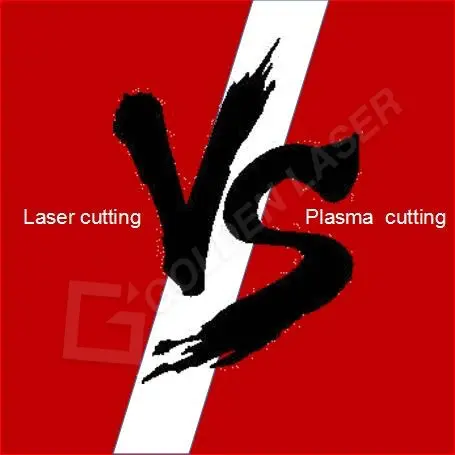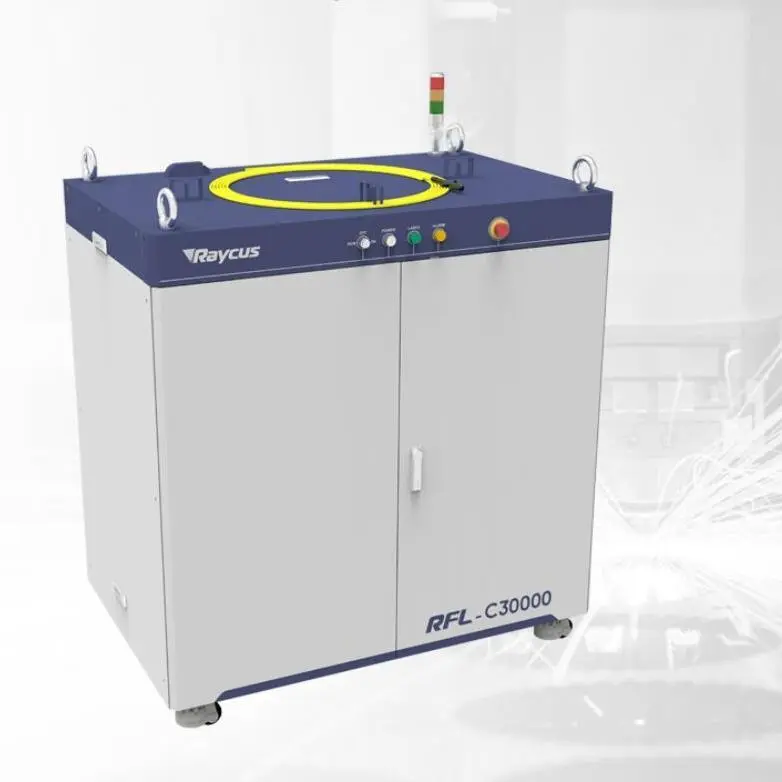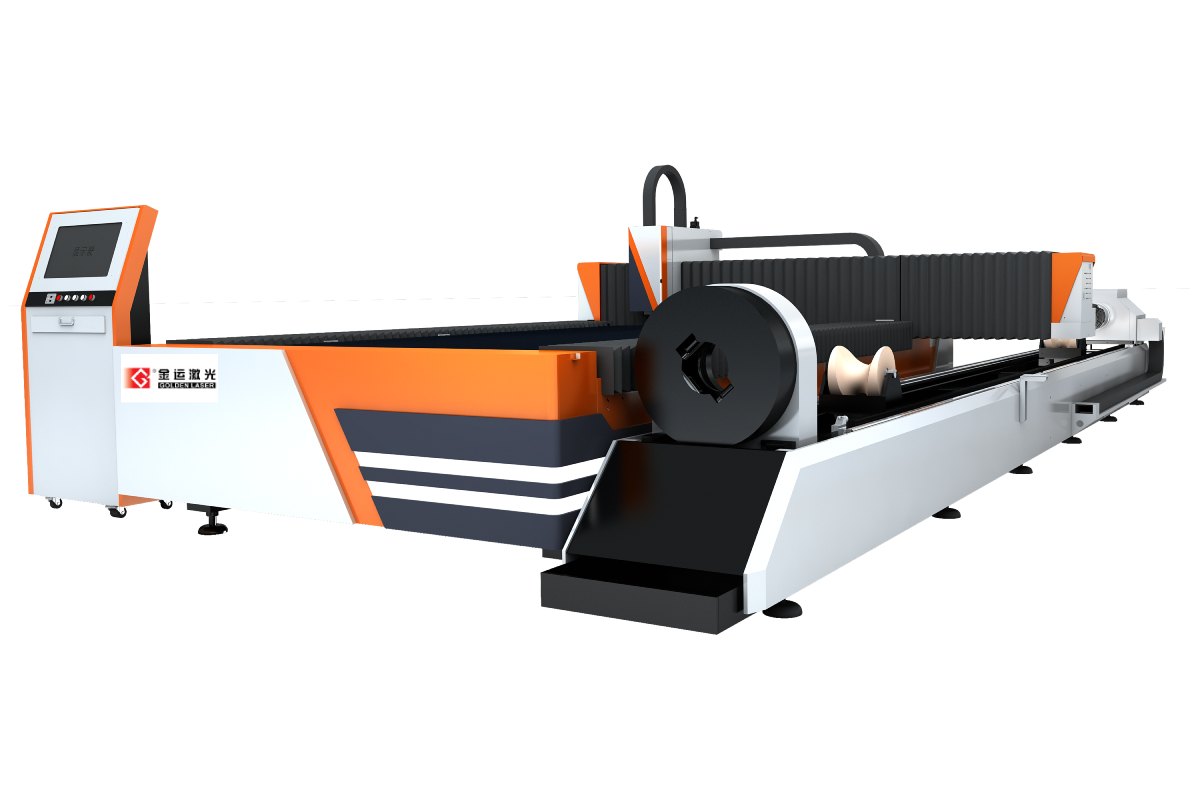
Revolutionizing Manufacturing Efficiency: The Impact of Fiber Metal Laser Cutting Technology on Modern Fabrication Processes
In today’s fast-paced manufacturing landscape, efficiency and precision in fabrication techniques are paramount. One of the most promising advancements in this area is fiber metal laser cutting. This cutting-edge technology has revolutionized how various materials are processed, allowing for unparalleled accuracy and speed. In this article, we’ll delve into the mechanics of fiber metal laser cutting, its applications, advantages, and its transformative potential in various industries.
At its core, fiber metal laser cutting utilizes a specialized laser that is generated in a fiber optic cable. This method differs from traditional gas lasers, such as CO2 lasers, which have been widely used in metal cutting for years. The fiber laser system comprises highly doped glass fibers that amplify the light produced, providing incredible efficiencies in converting electrical energy to laser light. This process results in a highly focused beam that can easily cut through metals with minimal power consumption.
One of the major advantages of fiber metal laser cutting technology is its ability to cut a wide range of materials. This includes not only thin metals but also thicker materials like stainless steel, aluminum, copper, and even brass. The precision offered by fiber lasers allows for intricate cuts with complex designs, resulting in clean edges and minimal thermal distortion. Additionally, the speed of fiber cutting typically surpasses that of traditional methods, meaning that manufacturers can produce more products in a shorter timeframe, significantly increasing overall productivity.

Revolutionizing Manufacturing Efficiency: The Impact of Fiber Metal Laser Cutting Technology on Modern Fabrication Processes
In automotive manufacturing, fiber metal laser cutting is transforming the way components are fabricated. The automotive industry demands high precision to ensure safety and performance. With the capability to execute exceedingly accurate cuts, manufacturers can create complex assemblies that fit together seamlessly. Additionally, the lightweight nature of aluminum and high-strength steel is essential in modern vehicle production, necessitating efficient cutting methods that fiber lasers provide. Reduced processing times and improved cutting quality eventually translate to lower production costs and higher quality vehicles for consumers.
The aerospace sector is another area where fiber metal laser cutting technology is making waves. The industry often utilizes advanced materials that require precise machining to uphold safety standards and performance efficiency. Fiber lasers can effectively cut through high-strength materials used in aircraft manufacturing, such as titanium and other alloys, which are notoriously hard to work with. The speed and precision of fiber laser cutting allow for rapid prototyping and reduced lead times, critical factors in aerospace production where delays can be costly.
In addition to its applications in automotive and aerospace industries, fiber metal laser cutting is also gaining traction in the fabrication of electronics and consumer goods. As devices become increasingly compact and intricate, the need for precision-engineered parts is critical. The combination of high-speed cutting and quality finishes provided by fiber lasers makes them an ideal choice for producing components with tight tolerances, such as those needed for circuit boards, housing, and intricate designs that define modern consumer electronics.

Revolutionizing Manufacturing Efficiency: The Impact of Fiber Metal Laser Cutting Technology on Modern Fabrication Processes
Moreover, fiber metal laser cutting technology contributes to sustainability in manufacturing. The efficiency of fiber lasers in terms of energy consumption ensures that less power is used in production, leading to a reduced carbon footprint. Additionally, the precision of this cutting method generates less waste when compared to traditional machining processes. The ability to utilize thinner sheets of metals without compromising strength further enhances the sustainability aspect of this cutting technology.
In conclusion, fiber metal laser cutting stands at the forefront of manufacturing innovation, offering remarkable benefits across various industries. From automotive and aerospace to electronics and consumer goods, the adaptability and precision of fiber lasers promote higher productivity and efficiency in fabrication processes. As manufacturers continue to seek ways to enhance their operations, the adoption of fiber metal laser cutting technology is likely to increase, paving the way for new capabilities and advancements in the ever-evolving manufacturing sector. With its impact on cost-effective production and sustainable practices, fiber metal laser cutting is undoubtedly shaping the future of manufacturing for years to come. Fiber Metal Cutting Machine
